As one of the most populous countries in the world, China saw the need to have a strong family planning policy. The country launched three family planning campaigns: in 1956–1957, 1962–1966, and 1971 to the 2016, to control population growth. These campaigns—especially the third one—were remarkably successful. China’s population was 22 percent of the world in 1949 with 541.7 million people, and 20 percent in 1999 with 1.26 billion.
Family Planning
Rapid population growth posed serious challenges to meeting China’s socioeconomic demands. Debate about family planning began in the mid-1950s. Those in favor emphasized that family planning would improve the welfare of mothers and children and promote socioeconomic development. This message was publicized through popular media from the 1950s through the 1980s. The posters, handbooks, and other publications featured in this section illustrate the many methods the Chinese and local governments used to teach and promote family planning.
Politics
China began its third family planning campaign in the early 1970s, emphasizing wan, xi, shao (晚, wan, late marriage; 稀 , xi, longer birth spacing; 少, shao, fewer children). Unlike previous campaigns, the third was pursued consistently and effectively, providing a variety of birth control means, coupled with rewards and penalties.
During the Cultural Revolution of 1966–1976, the meaning of family planning was tied directly to revolutionary goals and was believed to be a central part of building socialism and liberating women. The posters shown here include emotionally charged and patriotic family imagery with vibrant colors, especially red, and serve to define healthy families in this changing society.
Cartoons
This collection of cartoons explores themes such as family planning policy and its practice, popular science and “better babies”, healthy births, marriage, family life, and Chinese society. These cartoon posters use humor and satire to educate people on family issues and the goals of family planning in mid-20th Chinese century society.
Child Health Education
In the 20th century, under both Nationalist and Communist governments, China supported public health measures to strengthen the country. The state promoted preventative health, and children were a particular concern for both the health and the education ministries. The children’s health material promoted exercise, vaccination, controlling spitting, keeping utensils clean, and honest behavior. These messages are common to almost any public health campaign; their mode of presentation here is both clear and gentle.
Credits
This exhibition was produced by the National Library of Medicine and drawn from three earlier exhibitions curated by Dr. Liping Bu (卜丽萍).


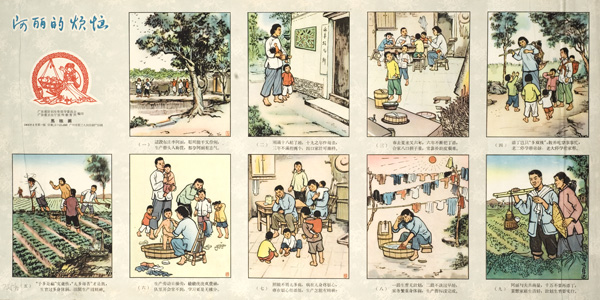

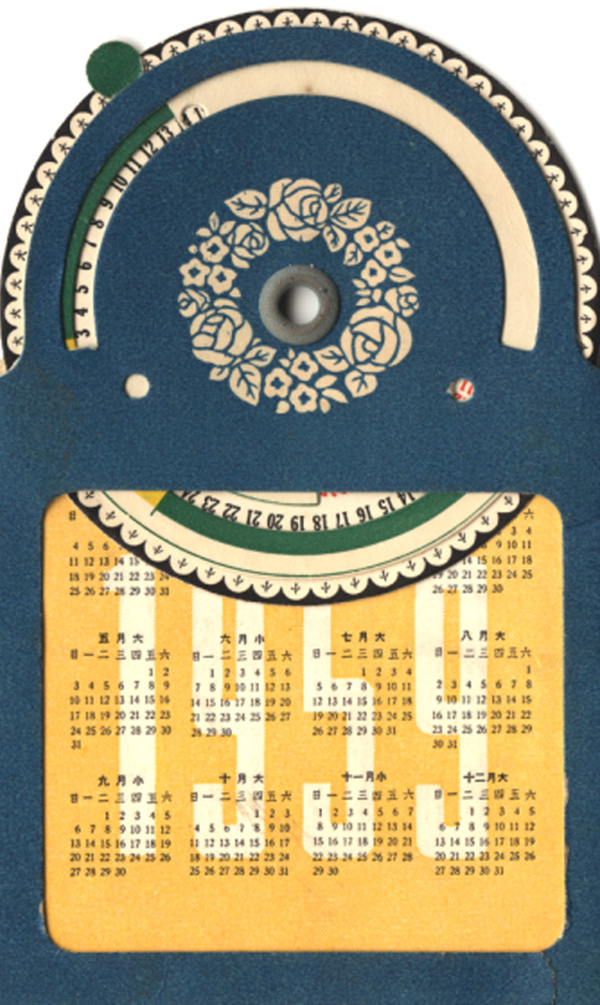
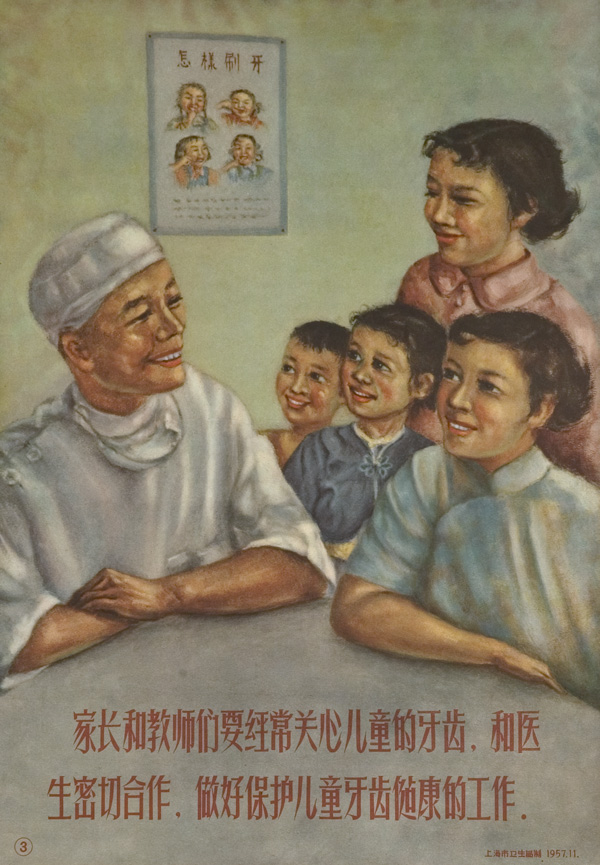
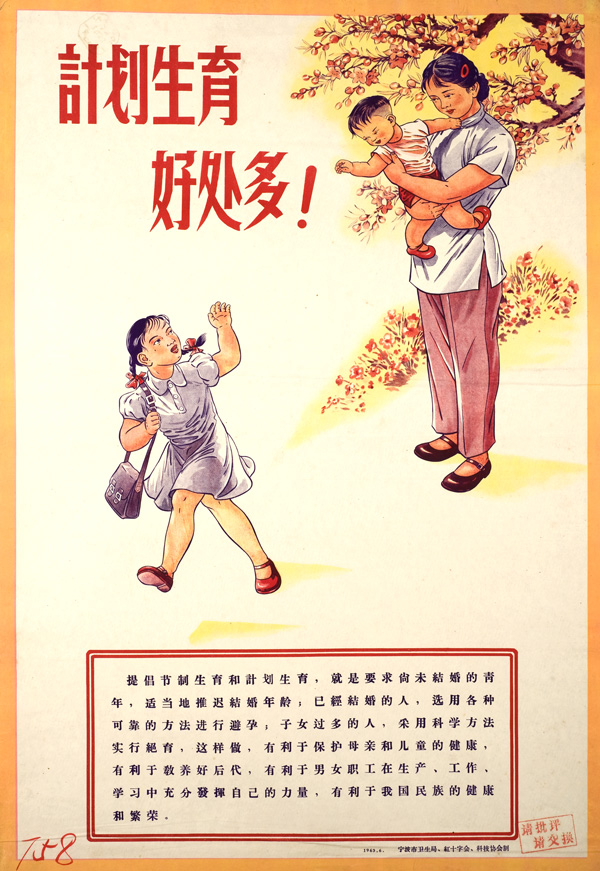
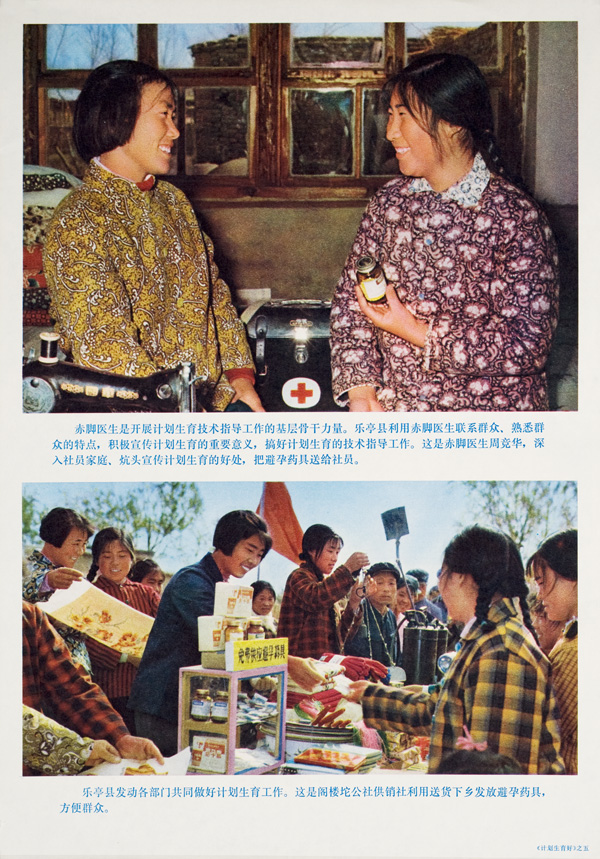
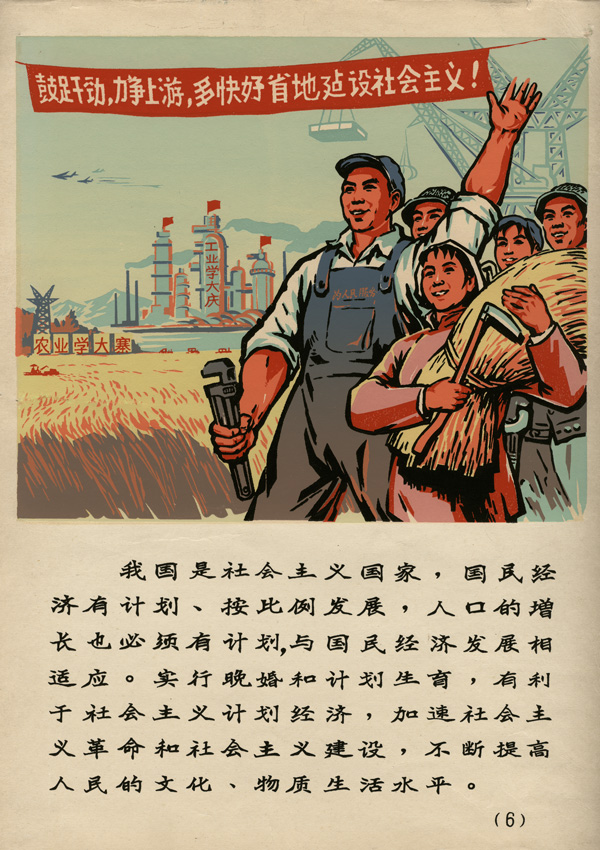
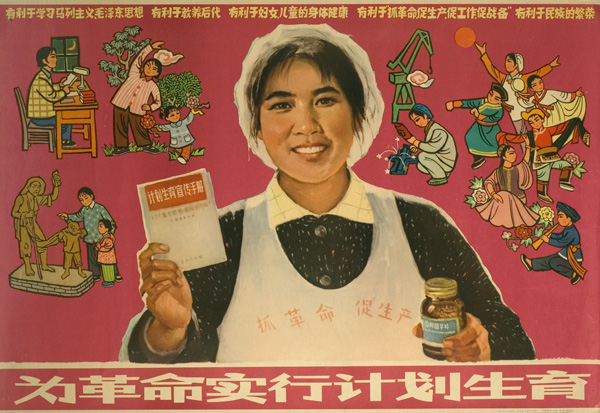
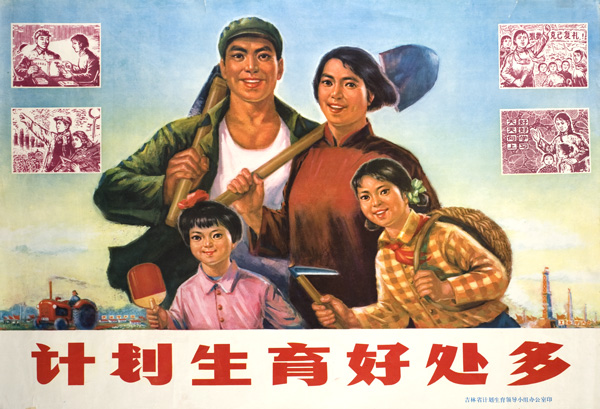
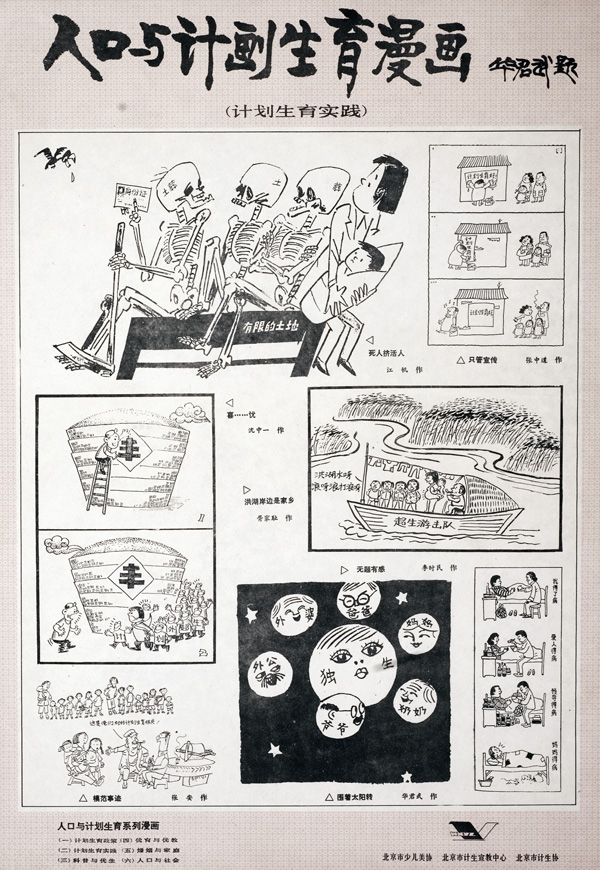
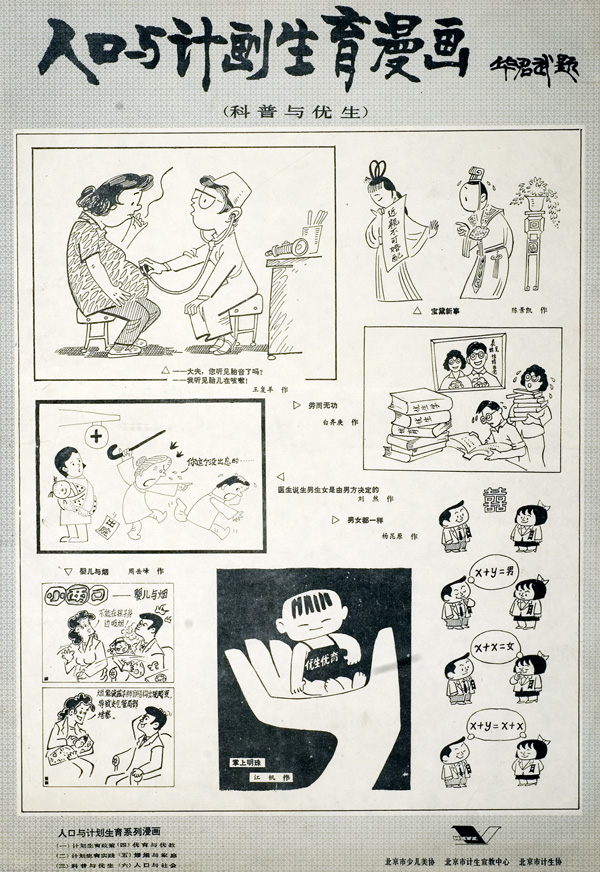
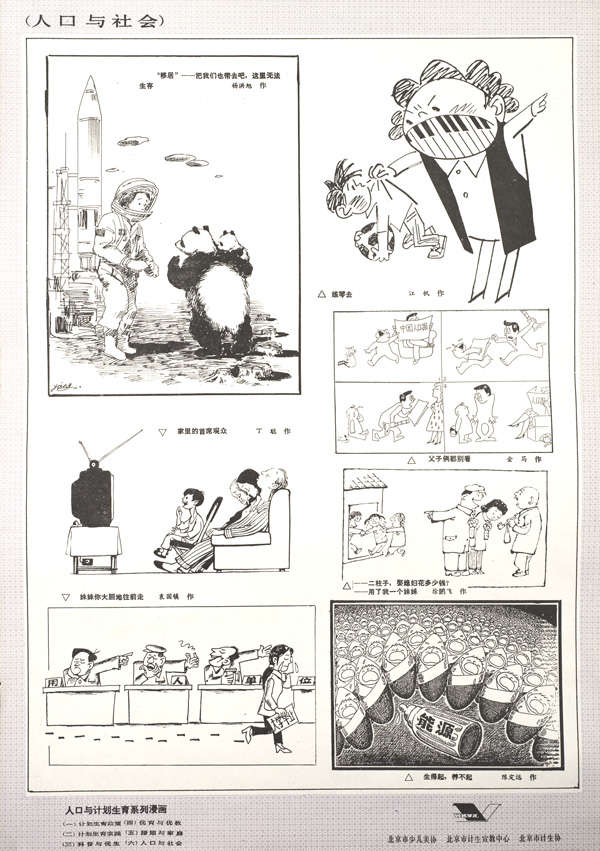
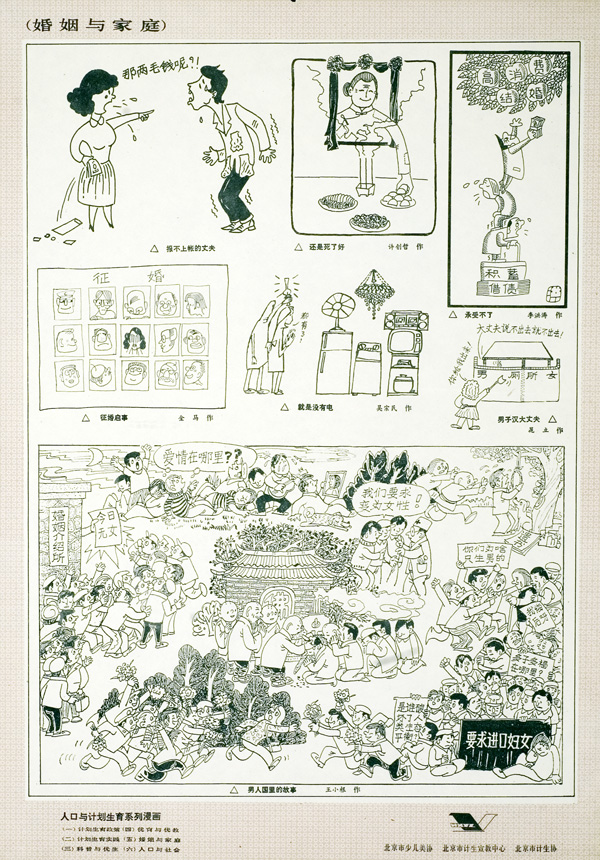
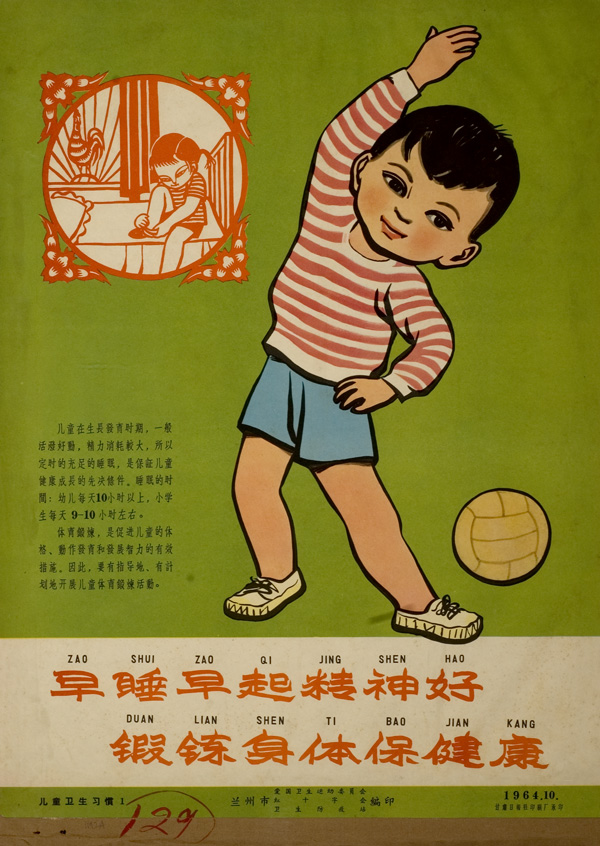
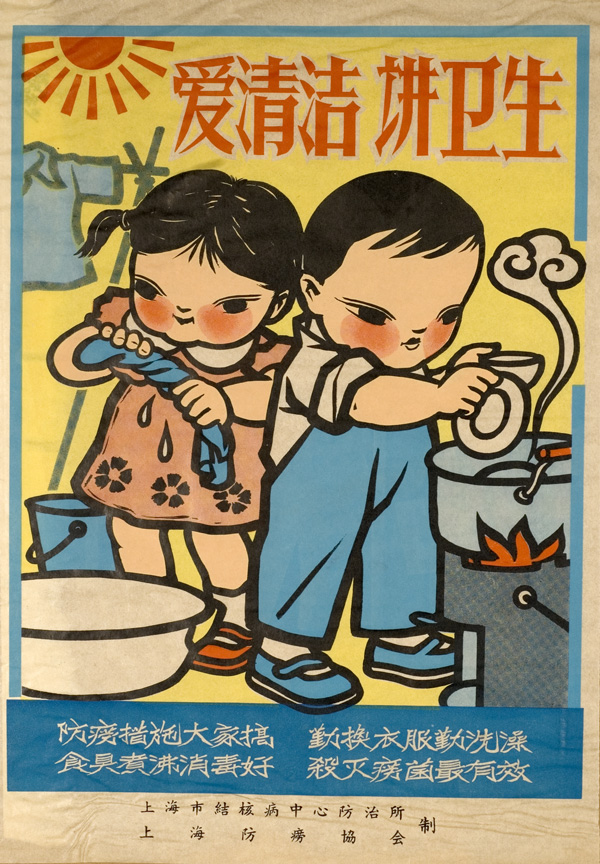
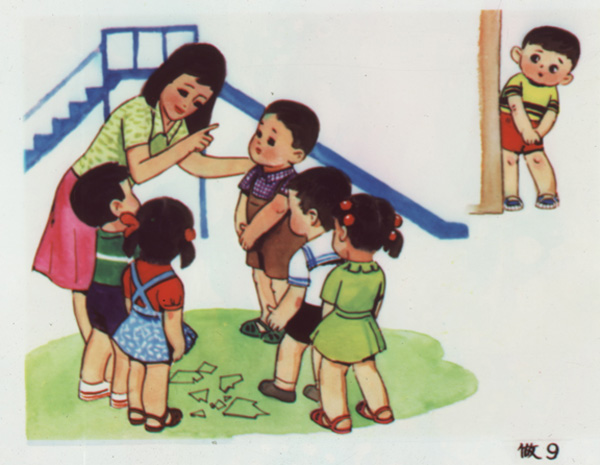
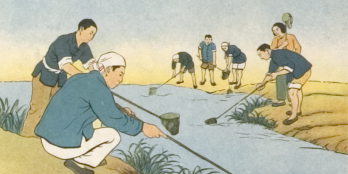 Chinese Public Health Posters
Chinese Public Health Posters
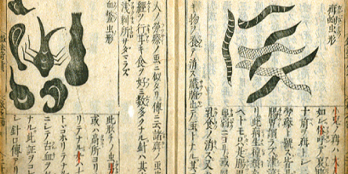 Traditional Chinese Medicine
Traditional Chinese Medicine
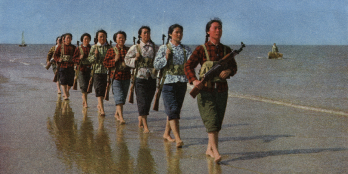 Education Resources
Education Resources